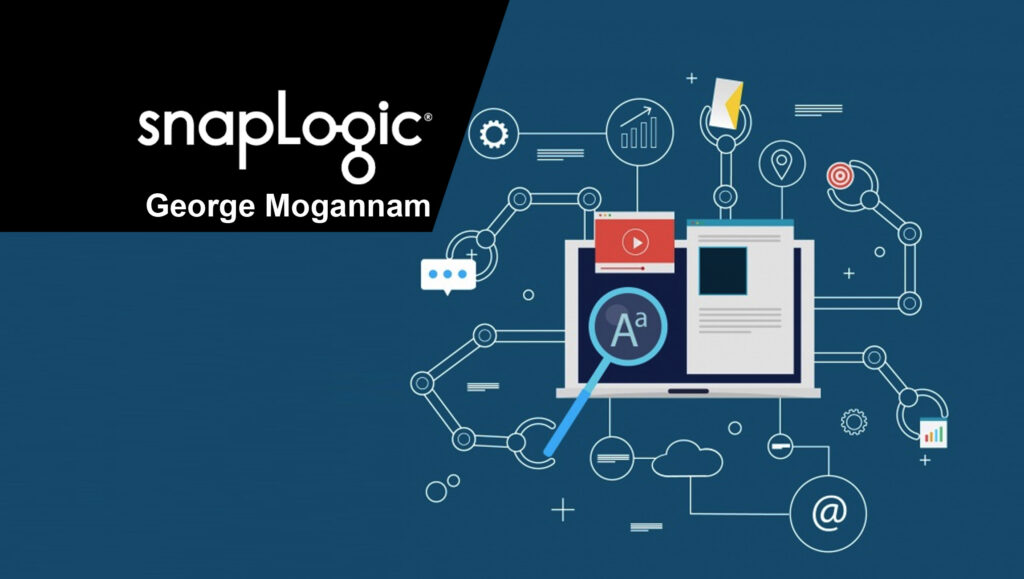Sales is the art of human interactions and the science of data-backed decisions. But as many sales professionals will attest, gaining easy access to all the data needed to make precise, informed, timely decisions during the sales process can be challenging. Without full visibility into data and the ability for that data to flow between applications, sales is fighting in the dark. Revenue is lost, left on the table, or hunted for in the wrong place.
Read More: SalesTechStar Interview With Jennifer Leire, Vice President Of Customer Strategy & Success At…
So, what’s the solution?
Data and application integration. IT teams have been working on manually integrating core systems for years — but manual integrations consume enormous swaths of time, resources, and leave enterprises open to gaps when applications get updated and the integrations need to be manually updated as well. Frankly, manual integrations are just too slow for the modern enterprise.
Automating integrations with an integration platform as a service (iPaaS) speeds up the ability to connect data and applications so that information flows back and forth seamlessly. Nearly every data source and application can be easily connected and doesn’t require in-depth technical expertise. Which means, your sales (and marketing and customer service) teams can focus on a single source of truth on the customer, sync and coordinate efforts, and deliver a far more cohesive and tighter customer journey experience.
But, it’s not just a matter of connecting apps and data. It’s how you design those connections to automate sales processes that really drives impact.
Make it easy to get work done.
How much time do sales professionals spend on manual data entry in multiple applications every day? How often do they have to compare spreadsheets to source all the data they need? Can they trust that data to be up-to-date? Do they consistently enter updates in Salesforce and other CRM tools (we all know it never really gets done as completely as it should)? By integrating data and applications, you can automate data entry processes that eliminate the rote, mundane “paperwork” from sales and free them up to focus on building relationships with prospects and customers. You create a reliable data source that is automatically updated. Suddenly, everyone is working from data they can trust. No one has to waste time on mind-numbing data entry.
Take the guesswork out of success.
One of the core benefits of automating integrations for sales is the ability to glean real-time and historical data for predictive insights. Sales reps (and their leaders) no longer need to wonder if they’re spending their time on the right accounts or contacts; AI-driven insights can answer it. It can also tie all the contact info on accounts together so that sales always knows if they are connecting with the right person in the buying group, whether someone leaves, and suggest when it’s wise to add more contacts to the deal. Sales leaders can obtain real-time insights on the performance activities for each sales rep and coach them more effectively. CROs and heads of Sales can see the data needed for more accurate forecasting.
The more your technology can do for your sales team, the more your team can do for the business. And, the best sales reps will gravitate toward enterprises that really give them a technological edge — because the easier it is to get the work done, the easier it is to be successful, the easier it is to love the job.
(Actually) improve the customer experience.
Yeah, yeah, everyone says this. But when you automate the tools and processes that the enterprise uses to engage and interact with customers, you create a more seamless customer experience. It just feels easy to customers, and that delights them. They experience a smooth hand-off from marketing to sales to customer success to customer support — and voila! Rather than feeling as if they’re interacting with four different departments, they feel as if they’re interacting with one brand. It’s easier to build customer loyalty when they feel as if they are relating to one brand, rather than to disconnected departments where they must repeat their story.
Read More: SalesTechStar Interview With George Mogannam, Chief Revenue Officer At SnapLogic
Put automation to work for sales.
A better, seamless customer experience facilitated by integrated technology makes it easier to win deals, renewals, and repeat sales. Automating customer onboarding, offboarding, support ticket creation, lifecycle management, order to cash — all these workflows can significantly improve the customer experience and sales outcomes.
The benefit of using an iPaaS to automate integrations is that it lifts the manual effort from IT, makes it easy to create automated workflows that are unique to the enterprises’ needs, and modernizes how data and applications deliver impact to the enterprise and to the customer.
It can be argued that without automating integrations, enterprises will not be able to move fast enough in today’s environment. With all of your sales apps and data working together, it’s possible to generate outcomes unlike what you’ve ever experienced before.
Read More: SalesTechStar Interview With William Offeman, Chief Product Officer At WideOrbit




















